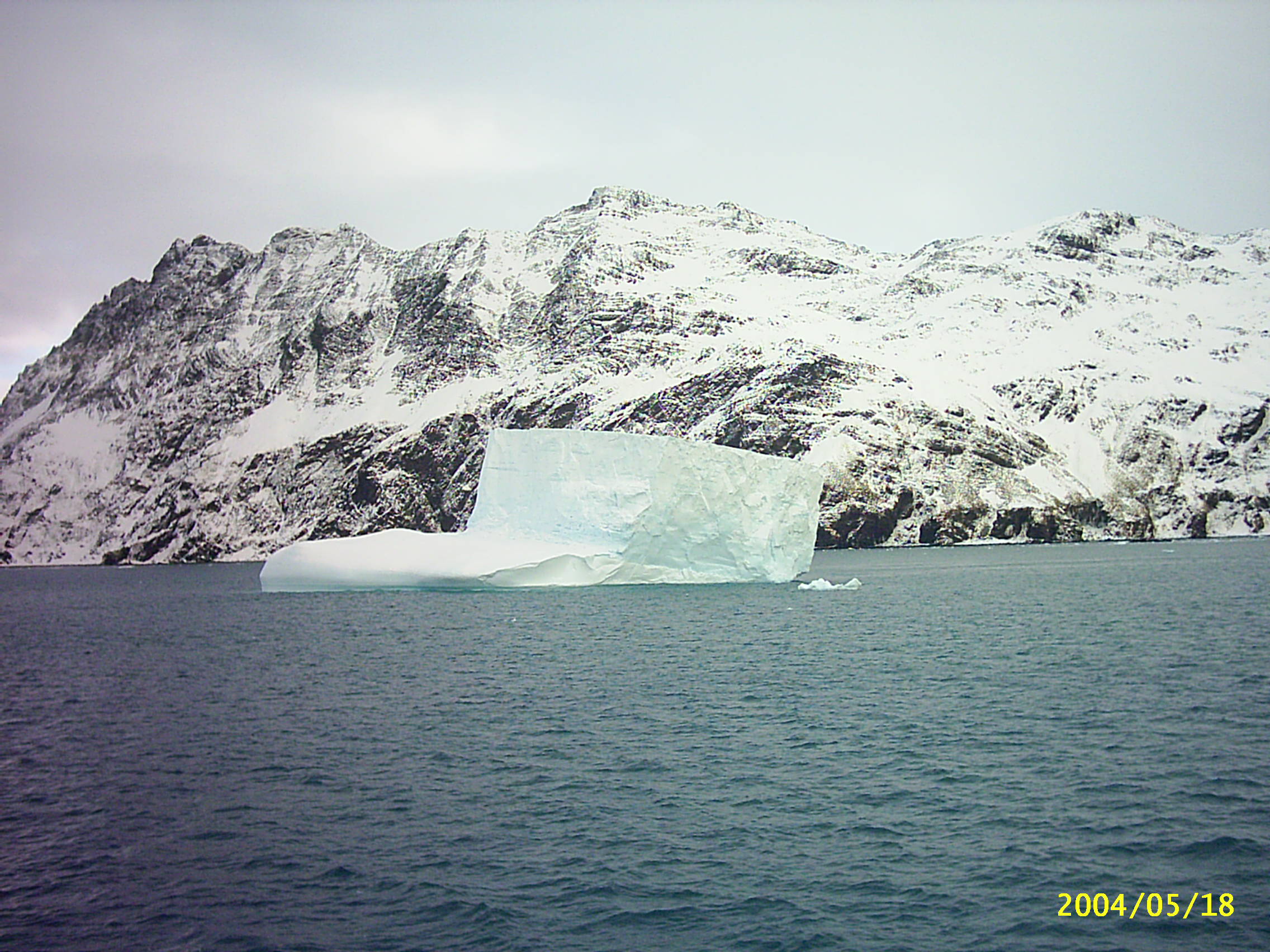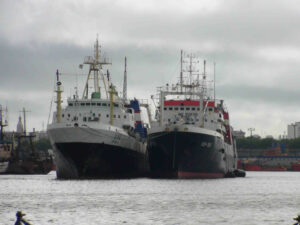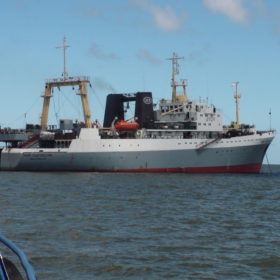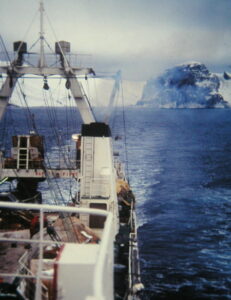Yes !
Local krill monitoring programs in Subareas 48.1, 48.2 and 48.3 indicate considerable interannual variability but provide no evidence of a systematic change in krill biomass since the CCAMLR-2000 Survey. Catches within subareas have always been ≤21% (and mainly <3%) of the biomass observed in these monitoring programs which, in turn, represent <37% of the krill biomass in each subarea. The exploitation rates associated with current catches (≤3%) are low compared to benchmarks for fisheries management in general and the krill stock in particular. Thus, the catch levels seen in the last two decades are unlikely to have adversely impacted the krill stock as a whole or in each subarea.
CCAMLR recognizes that neither the precautionary catch limit nor the trigger level is sufficient to prevent concentrated fishing in sensitive areas and acknowledges that “advances are urgently needed“. Understanding the effects of the krill fishery and on dependent and related populations requires improved information on the krill stock at scales that are relevant to CCAMLR’s conservation objectives.
The management of the Antarctic krill (Euphausia superba) in the Atlantic sector of the Southern Ocean, is of crucial importance for the health of this fishery. Krill fishing is permitted in an area of approximately 3.5 million km-2 which is divided into four subareas (labelled Subareas 48.1 to 48.4) for management and reporting purposes.
The effective regional catch limit (or “trigger level“), established in 1991, is 620 000 tonnes year-1, equivalent to ~1% of the regional biomass estimated in 2000. Each subarea has also had its own catch limit, between 93 000 and 279 000 tonnes year-1, since 2009.
There is some evidence for a decline in the abundance of krill in the 1980s, but no evidence of a further decline in recent decades, as stated on a superb material compiled by BAS (British Antarctic Survey) plus other research institutes, and recently published….a must read report – Is current management of the Antarctic krill shery in the Atlantic sector of the Southern Ocean precautionary?-Hill et al.
This research goes over local-scale monitoring programs that have been established in three of the subareas to monitor krill biomass in survey grids covering between 10 000 and 125 000 km2. Cautious extrapolation from these local monitoring programs provides conservative estimates of the regional biomass in recent years. This suggests that fishing at the trigger level would be equivalent to a long-term exploitation rate (annual catch divided by biomass) of <7%, which is below the 9.3% level considered appropriate to maintain the krill stock and support krill predators.
What does precautionary mean?
CCAMLR follows a precautionary approach. This approach is generally used when it is difficult to assess the risks associated with an action (such as fishing). Precautionary policies “reduce the probability of occurrence of bad events within acceptable limits” when the potential for these events is plausible but not necessarily demonstrated “and the potential costs are significant“.








